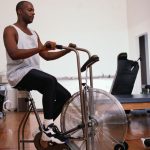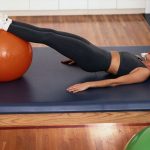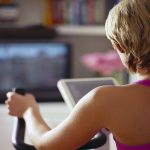
If you pledged to hit the gym this year, take some steps to prevent skin infections, an expert says. “While skin infections are not a reason to cancel your gym membership, it’s important to follow a few simple steps to avoid germs while you’re at the gym,” said Dr. Brian Burke Adams, professor and chair of dermatology at the University of Cincinnati. “The bacteria, viruses and fungi that cause skin infections to develop thrive in warm, moist places like sweaty exercise equipment and locker room showers. If you’re not careful, you could end up with an infection like ringworm, plantar warts or impetigo,” he said in an American Academy of Dermatology news release. Here’s what Adams recommends: At the gym, wear loose-fitting, moisture-wicking clothes that will help keep your skin dry and prevent germs from growing. Wash your gym clothes after a workout. Always wear shoes, especially around pools, and in locker rooms and showers. Keep shower shoes, flip-flops or sandals in your gym bag. If you have cuts, keep them clean and covered. Don’t use saunas, steam rooms or hot tubs until the wound is healed, Adams said. Wash or sanitize your hands immediately after working out, and shower as soon as possible. After showering, put on clean clothes, including clean socks and underwear. Never share towels, razors or other personal items. Use disinfectant… read on >




























-300x200.jpg)







-300x169.jpg)
